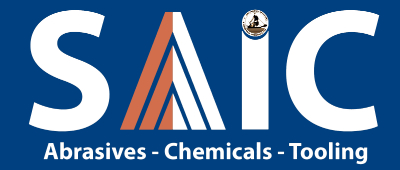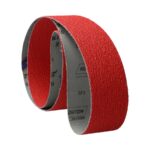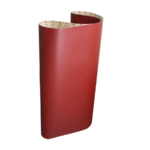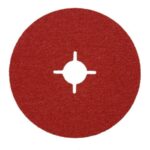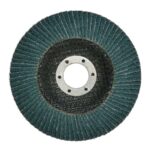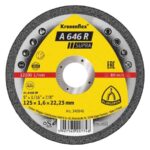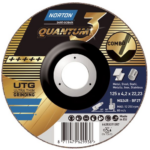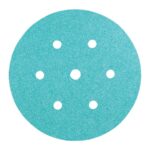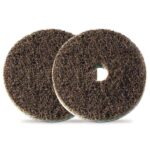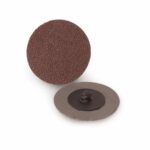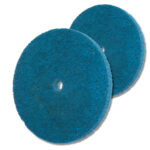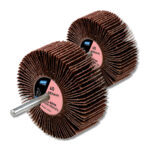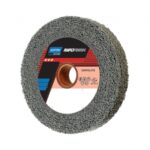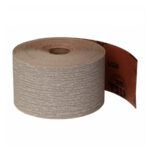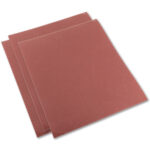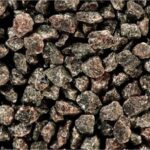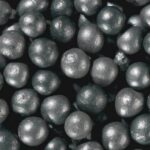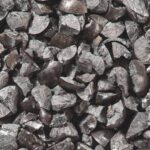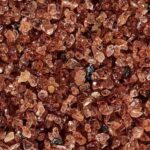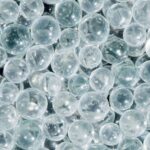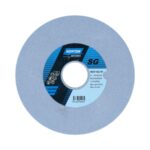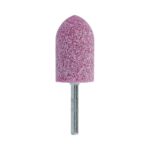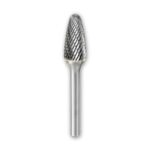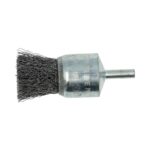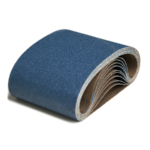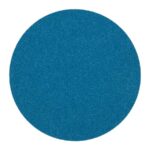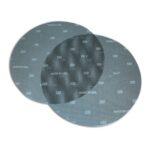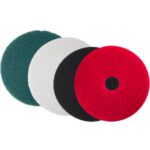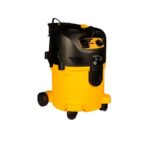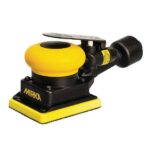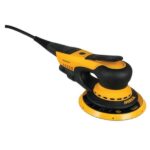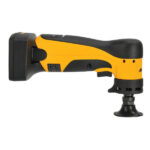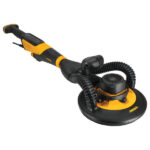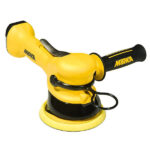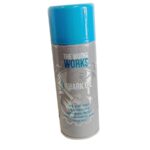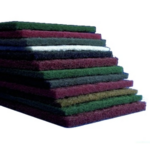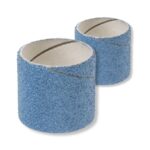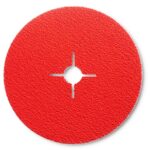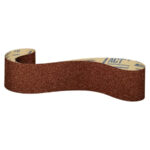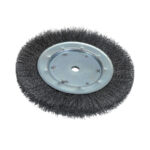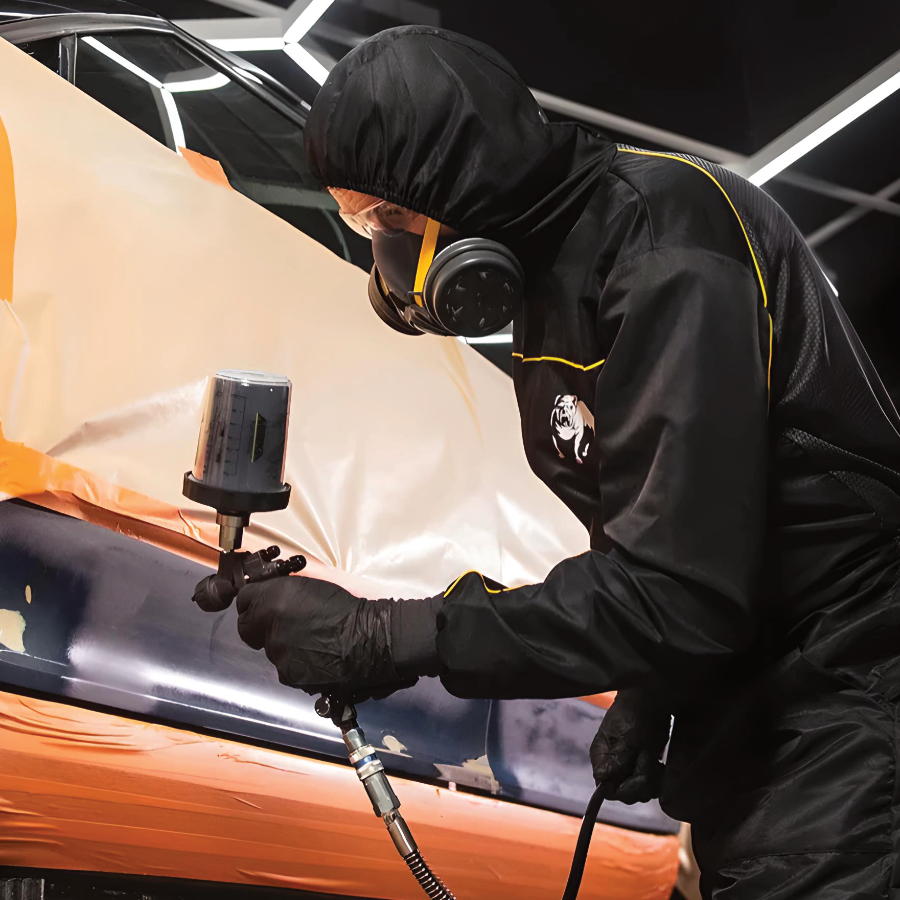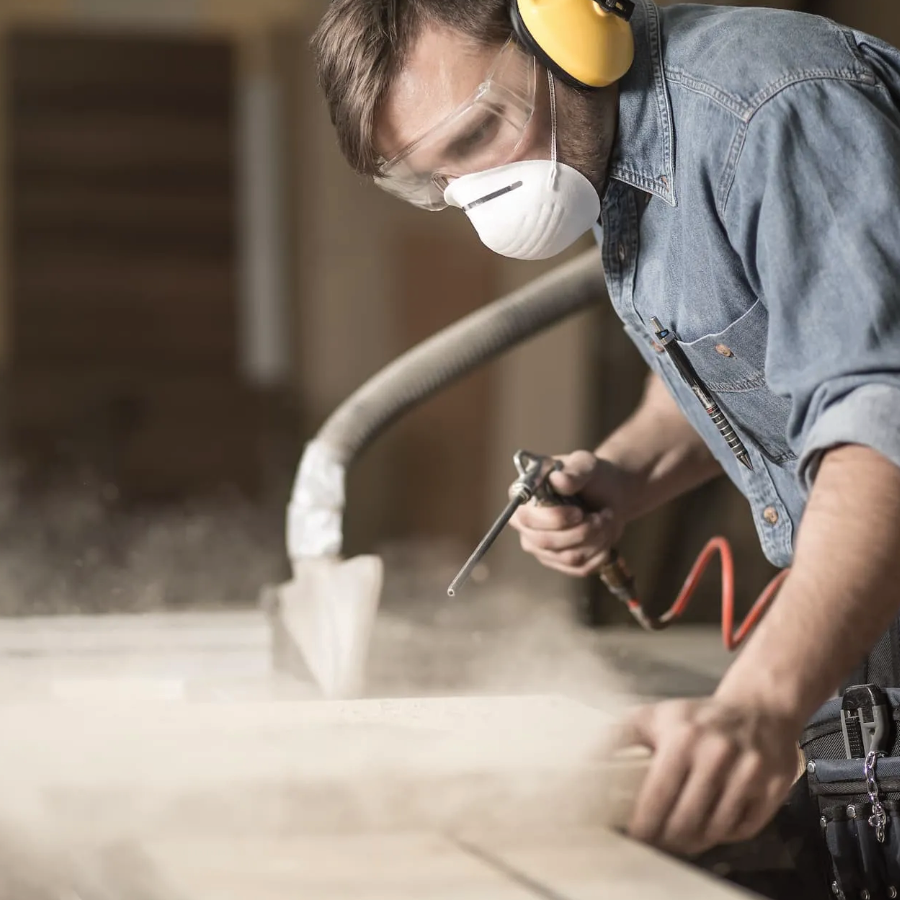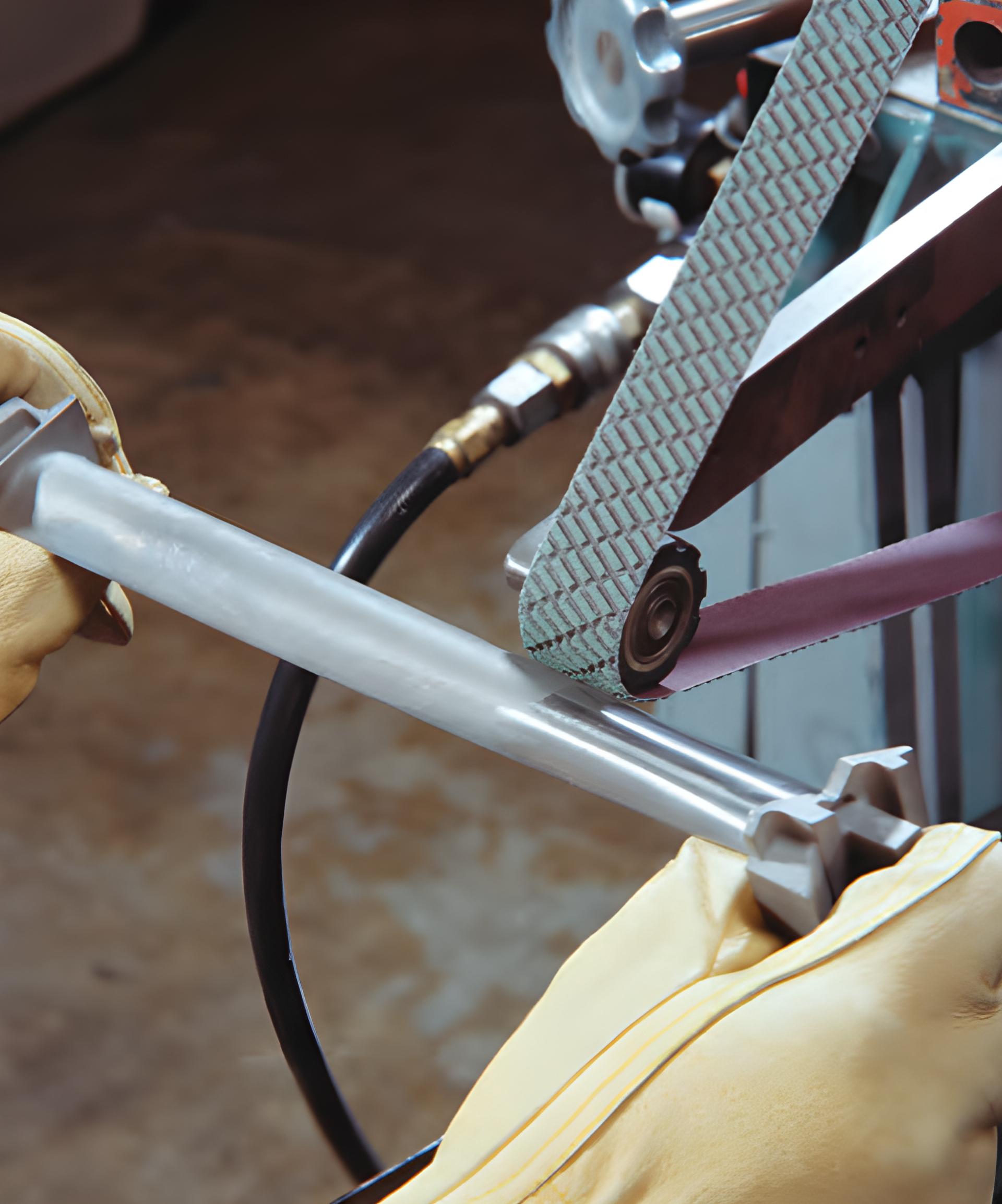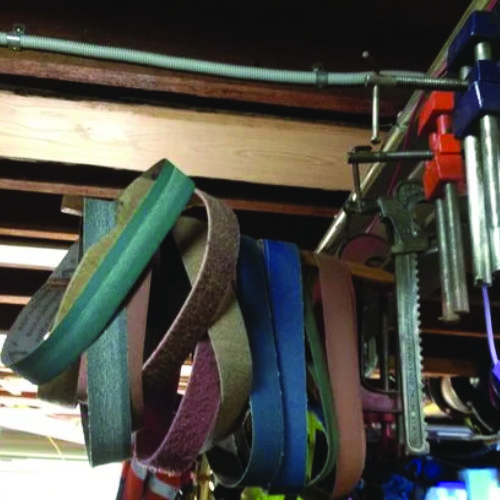Blog
How to Choose the Right Sanding Belts for Your Application
Choosing the right sanding belt can make all the difference in achieving a smooth, professional finish on your application. Whether you’re working with wood, metal, or another material, it’s essential to select a belt that matches your specific needs. This guide will walk you through the key factors to consider when selecting a sanding belt, helping you make an informed decision.
Understand the Material
If looking to achieve a grained finish on metal then the 3M DF-BL Surface Conditioning Belts are an essential purchase, while materials such as the 3M 237AA Trizact Sanding Belts or PN721 Felt Polishing Belts are suited for finer finishing and polishing.
Knowing your material will narrow down your choices significantly.
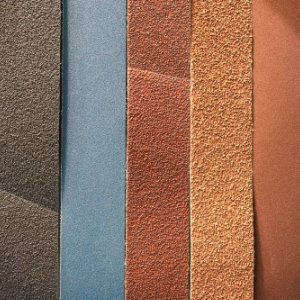
Grit Size Matters

Grit size determines the coarseness of the sanding belt and plays a crucial role in the final finish. Coarse grits (40-60) are perfect for removing material quickly or smoothing rough surfaces, while fine grits (100-180) are better for finishing and polishing. For most woodworking projects, starting with a medium grit (80) and finishing with a fine grit (120-150) is a good approach.
For metal finishing, begin with a coarse grit (40-60) for initial material removal. Progress to a medium grit (80-120) for refining, and then use fine grits (150-220) for a smooth finish. For ultimate polishing, go beyond 220 grit to achieve a high-gloss, mirror-like surface.
Belt Size and Compatibility
Using the correct size sanding belts for your machine ensures efficient sanding and optimal performance. The right size should have a snug fit, preventing slippage and uneven sanding, which can lead to poor results and potential damage to the equipment. Proper fit also helps avoid excessive wear and tear on both the belts and the sander, extending their lifespan and maintaining safety.
Measure your sander’s belt size carefully or refer to the manufacturer’s specifications to ensure a perfect fit.
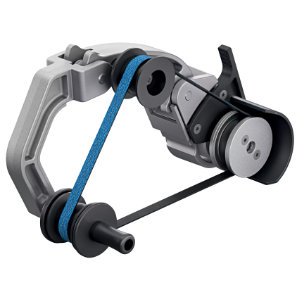
Consider the Backing Material
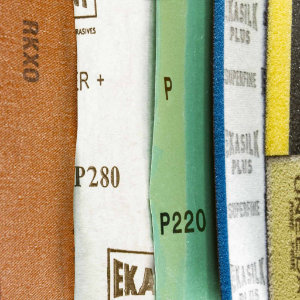
Use a paper-backed sanding belt for flexibility and smooth finishing on softer materials like wood. It conforms well to contours and is ideal for finer sanding tasks, though is less durable so does not last as long as a heavier backing. The paper backing should be no lighter than an F-weight to ensure it is strong enough to be run on a belt sander.
On the other hand, choose a cloth-backed sanding belt for durability and strength when working with tougher materials like metal. Its robust backing withstands heavy use and aggressive sanding, making it suitable for demanding tasks. These can range from a flexible J-weight cloth for contour sanding, to a heavy Y-weight polyester for heavy-duty grinding applications.
Open vs. Closed Coat
Closed-coat belts have abrasive grains covering 100% of the surface, making them more aggressive and ideal for hard materials like metal and hard woods. Open-coat belts, on the other hand, have only 50% coverage with spaces between the abrasive particles, which helps prevent clogging and heat build-up when sanding softwoods or materials that produce a lot of dust.
Some materials are available with a semi-open coat, where the grain is distributed over 75% of the belt to offer more aggressiveness than open-coat but also some resistance to clogging. This feature is however more common with paper than cloth belts.

Choosing the right sanding belt is all about matching the product to the requirements of your application. By considering the material, grit size, belt size, backing material, and coat type, you can select a belt that will help you achieve the best possible results. Remember, investing in the right sanding belt not only improves your finish but also saves time and effort in the long run.
